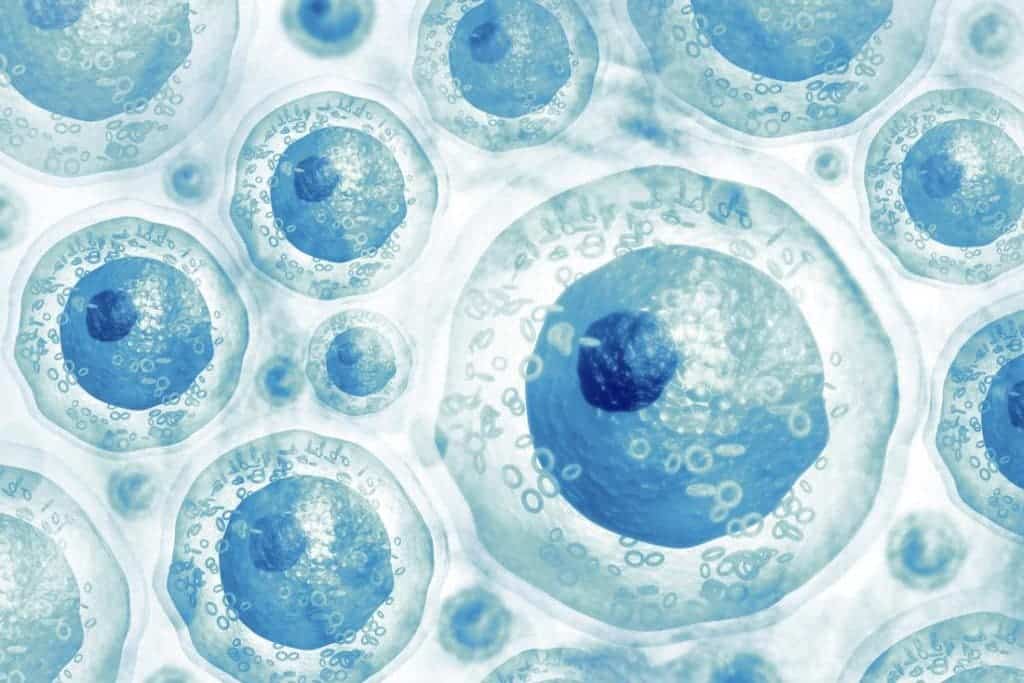In what could be a significant finding to understand the development of the human brain, a group of scientists has created miniature brains from stem cells that developed a functional neural network.

These lab-grown brains are the first observed to produce brain waves that resemble those of preterm babies, despite being a million times smaller than human brains, according to the study, published in the journal Cell Stem Cell.
“The level of neural activity we are seeing is unprecedented in vitro,” says Alysson Muotri, a biologist at the University of California, San Diego. “We are one step closer to have a model that can actually generate these early stages of a sophisticated neural network.”
The pea-sized brains, called organoids, are derived from human pluripotent stem cells. By putting them in a culture that mimics the environment of brain development, the stem cells differentiate into different types of brain cells and self-organize into a 3D structure resembling the developing human brain.
The researchers successfully grew organoids with cellular structures similar to those of human brains. However, none of the previous models developed human-like functional neural networks. Networks appear when neurons are mature and become interconnected, and they are essential for most brain activities.
“You can use brain organoids for several things, including understanding normal human neurodevelopment, disease modeling, brain evolution, drug screening, and even to inform artificial intelligence,” Muotri said.
The team designed a better procedure to grow stem cells, including optimizing the culture medium formula. These adjustments allowed their organoids to become more mature than previous models. They grew hundreds of organoids for 10 months and used multi-electrode arrays to monitor their neural activities.
In order to compare the brain wave patterns of organoids with those of human brains early in development, the team trained a machine-learning algorithm with brain waves recorded from 39 premature babies between six and nine-and-a-half months old.
The algorithm was able to predict how many weeks the organoids have developed in culture, which suggests these organoids and the human brain share a similar growth trajectory. However, it’s not likely these organoids have mental activities, such as consciousness.
“It might be that in the future, we will get something that is really close to the signals in the human brains that control behaviors, thoughts, or memory,” Muotri said. “But I don’t think we have any evidence right now to say we have any of those.”
The team now aims to further improve the organoids and use them to understand diseases associated with neural network malfunctionings, such as autism, epilepsy, and schizophrenia.
“As a scientist, I want to get closer and closer to the human brain,” Muotri said. “I want to do that because I see the good in it. I can help people with neurological conditions by giving them better treatments and better quality of life. But it’s up to us to decide where the limit is.”









